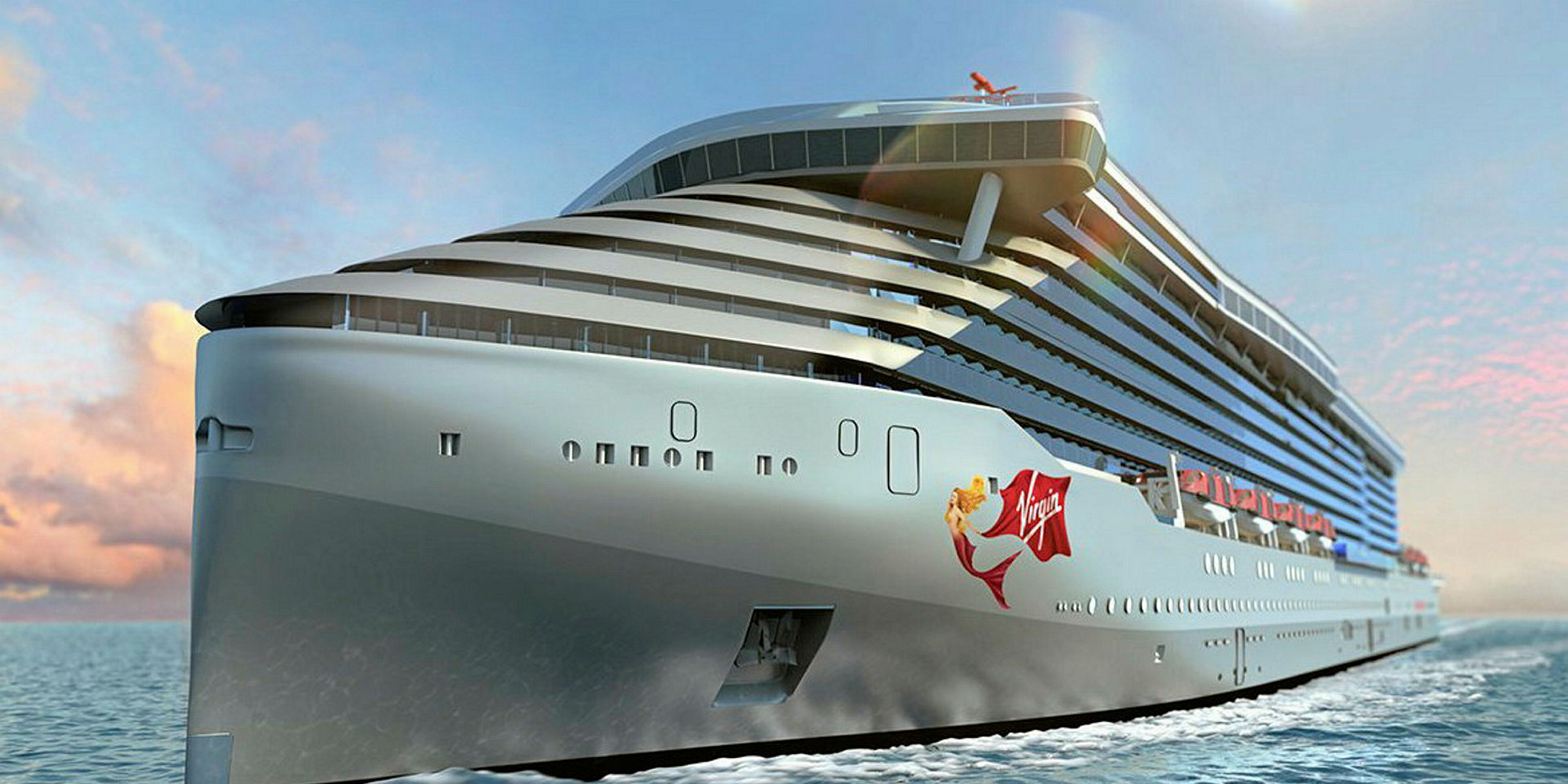Meyer Werft’s merger with the former STX Finland and the upcoming merger of STX France and Fincantieri will create two giant European shipbuilding groups that aim to dominate cruise shipbuilding for the next decade.
The French government has now approved the acquisition of STX France by Italy’s Fincantieri in a deal that will leave the Italian shipbuilder holding 51% of the shares in the St Nazaire-based yard.
The German and Italian-owned groups will then together account for 53 of the 59 cruiseships currently on order with capacity for over 700 passengers.
Meyer Werft group, including Finnish subsidiary Meyer Turku, have 20 such large luxury cruiseships booked and the soon-to-be-merged STX France and Fincantieri’s combined orderbook amounts to 33 vessels.
Some question whether the competition authorities will allow the STX France-Fincantieri deal to go ahead with the prospect that the two European giants are virtually cornering the large luxury market between them.
The cruise newbuilding market involves high-value contracts and, in terms of revenue, places the leading European yards on a firmer financial footing than their Asian counterparts, which are focused on the recession-hit merchant ship market.
Figures from German Shipbuilding and Ocean Industries Association (VSM) show that for the past two years the cruise and passengership sector has attracted more investment than any other single sector in shipping.
Investment in cruise and passengerships alone this year comes close to $23bn, according to the VSM’s figures.
Clarksons estimates cruiseships accounted for $15.7bn of orders this year. That compares favourably to the markets preferred by Europe’s Asian rivals, where offshore orders this year have amounted to $5.2bn, VLCC’s $3.2bn, LNG carriers $2.8bn and capesize and VLOCs at just $2.2bn.
Cruiseship deliveries at the two giant shipbuilding groups also extend well into 2023 giving them some security for the future while the deals involve blue-chip clients like Carnival and Royal Caribbean Cruise Lines.
Clarksons estimates that European yards have on average almost double the forward cover of Asian yards, at more than four years, compared to just over two years in Japan and China and just under two years in South Korea.
The boom in cruise orders has helped bring other smaller European yards into the passengership market.
Germany’s MV Werften and Lloyd Werft are benefiting from being acquired last year by Hong Kong cruise operator Genting Group.
Genting will focus its cruiseship construction on MV Werften, where it has ordered two 5,000-passenger ships and two of 1,000 passengers.
Smaller European yards are winning cruise work in the smaller sector. The Norway-headquartered Vard group of yards — also a former STX group company now owned by Fincantieri — has survived the collapse in offshore orders and diversified into the small expedition cruiseship market.
Its stated strategy is to “reduce its dependence on offshore market” and it is aiming to form synergies with Fincantieri in passengerships.
Vard now has seven cruiseships on order with a capacity of between 180 and 230 passengers at its Langsten, Soviknes and Tulcea shipyards.
The company is also building large cruiseship hull sections for Fincantieri mainly at its Romanian Tulcea plant.
Croatia has also seen small cruiseship work come its way. Uljanik Shipyard in Pula has two 240-passenger ships on order for Scenic Tours, while Brodosplit has a 300-passenger ship on order for White Star Clipper and a 200-passenger ship for Oceanwide Expeditions.
Many European yards are now aiming for potentially huge replacement demand in the intra-Europe ropax trades, which is being partly driven by the higher environmental standards.
China has been touted as the main threat to European yards in the passengership sector. Shanghai Waigaoqiao Shipbuilding is aiming to deliver two 4,000-passenger vessels with the first scheduled for 2023.
However, even here the Europeans have managed to get their foot in the door. The deal is a joint venture also involving Fincantieri and Carnival Corp.



